Recently a colleague of mine at the Baylor School, Grant Wood who is a biology teacher shared a great article from Discover magazine. Are you sitting down in a chair, wearing shoes and reading right now? You probably are and it seems normal and fine, but is it? Harvard human evolutionary biologist Daniel Lieberman points out that this is absolutely abnormal, and it is a factor in why we have bunions, toe fungus, plantar fasciitis, back pain, myopia, diabetes, obesity, heart disease, and osteoporosis.
We are not designed for sitting and wearing shoes, and we pay for it with these chronic diseases that medicine treats but does not cure. Lieberman calls this the mismatch hypothesis. As humans we began as hunters and gatherers, and to do this well we worked in small groups and this lifestyle developed a healthy body that could move in all ranges of movement with the ability to jog, run, sprint, jump, push, pull, squat and lunge. Man’s adaptations to the environment were in harmony with the pace of the earth's changes.
With the advent of agriculture man began to move faster than the necessary adaptations – which is the mismatch. The industrial revolution only further exacerbated the problem. And now we have the computer and sit all day. Beyond the diseases previously mentioned are autoimmune diseases, asthma, allergies, cavities, and some cancers. Many of us reading this article are suffering from one or more of these chronic conditions and may die from one of the diseases.
Lieberman calls the mismatch dysevolution, “ the deleterious feedback loop that occurs over multiple generations when we don’t treat the causes of a mismatch disease but instead pass on whatever environmental factors cause the disease, keeping the disease prevalent and sometimes making it worse.” Modern drugs and surgeries have been beneficial to many people by saving lives and improving quality of life, but we must be honest with ourselves and recognize that too often the real causes are not being addressed.
Our hunter-gatherer ancestors’ anatomies are like yours and mine. However, archaeological and skeletal remains tell us that these people were in phenomenal condition. The average BMI of American adult men and women today is 28.6 and 28.7 respectively. What does this look like? It is an adult male 5’9 and 194 pounds and an adult female 5’5 and 172 pounds. The hunter-gatherer had a BMI of 21.5. This is the frame of a collegiate 800 meter to 1600 meter runner. This is a man about 5’9 and 150 pounds and a woman who is 5’5 and 125 pounds. Hunter-gatherers that survived infancy lived to about 70 and with modern health care would have lived much longer; however, they did not die of our modern, preventable diseases like heart disease and complications of obesity.
How do we regain what has been lost and progress a bit to the past???
Our bodies were made to move. We must move – run, jump, and lift. Certainly as we age we must exercise safely and carefully but we must move our bodies. It may mean the elliptical, rower or bike instead of running and we may need to do variations / modifications of squatting, lunging, deadlifting, pushing and pulling to keep it safe but we must do it. Our modern diet delivers calories mainly derived from processed /refined carbohydrates and dairy which a hunter gatherer literally never ate. We must return to a diet that is plant-based, rich in high fiber veggies, fruits, nuts, beans, seeds and occasionally meats that are not industrially farmed but are free range. Many of you may believe this means a jump to the paleo diet which excludes legumes . The paleo diet is an excellent eating lifestyle, but you should include legumes eating a diversity of beans and lentils.
Don’t count on evolving fast enough to be able to sit all day at work and eat refined flours and sugars and have a BMI of 21.5 and be free of heart disease, obesity and diabetes. We must move and eat a plant-based diet. We need doctors to educate their patients and tell them that it is more radical to cut someone’s chest open, do open-heart surgery and take an aspirin the rest of your life than to exercise and eat vegetables. It is not that the hunter-gatherers had a better life, but if we combine what we can learn from our ancestors with modern health care and shelter, we can live a very long life with a high quality.

